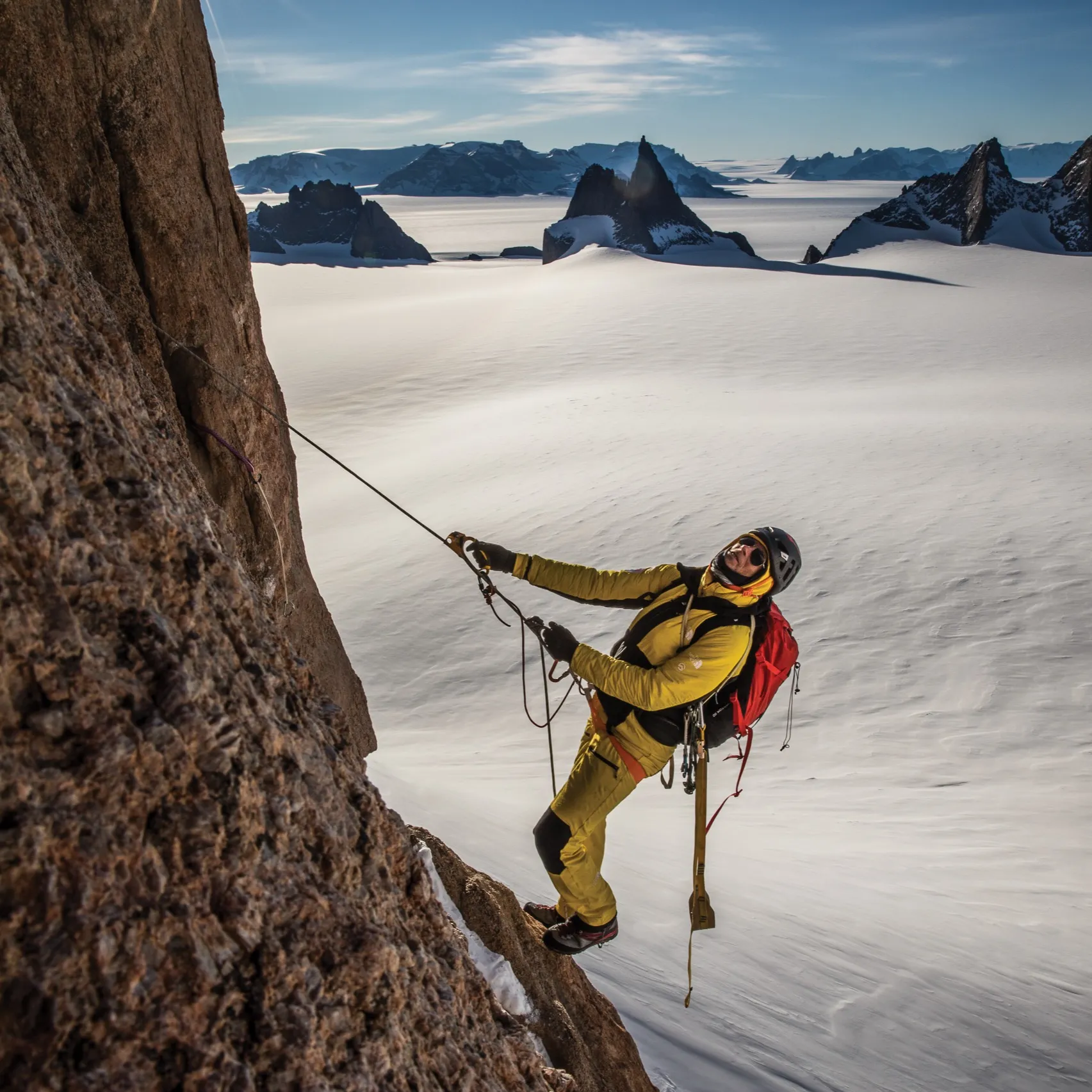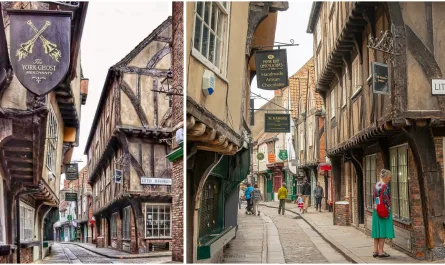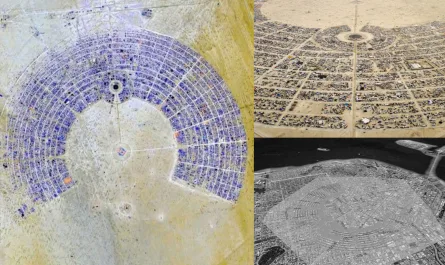The Discovery of George Mallory: A Tragic Tale from Everest’s Slopes
On May 1, 1999, American mountaineer Conrad Anker made a chilling discovery on the northern slopes of Mount Everest. While navigating the treacherous terrain, he spotted what appeared to be a large, flat rock. Upon closer inspection, Anker realized it was no rock but the frozen, preserved body of George Mallory, the legendary British explorer who vanished on the mountain in 1924. Mallory’s disappearance had fueled decades of speculation about whether he and his climbing partner, Andrew Irvine, were the first to summit Everest, nearly three decades before Edmund Hillary and Tenzing Norgay’s confirmed ascent in 1953.

A Frozen Snapshot of Tragedy
The harsh, icy conditions of Everest had preserved much of Mallory’s body, though time and exposure had shredded most of his clothing. The state of his remains offered haunting clues about his final moments. Mallory’s right leg and arm were broken, and an ice axe, a critical tool for high-altitude climbing, was found above his position, suggesting he had taken a catastrophic fall. The injuries and the axe’s location pointed to a violent tumble down the slope, likely during a descent. Most poignantly, Mallory’s good leg was crossed over his broken one, a gesture interpreted as an attempt to ease his pain in his final moments, alone and without hope of rescue.
The Mystery of Mallory’s Climb
Mallory, a seasoned mountaineer, was part of the 1924 British Everest expedition, driven by the ambition to conquer the world’s highest peak. On June 8, 1924, he and Irvine were last seen by teammate Noel Odell, climbing high on the Northeast Ridge, possibly near the summit. Then, they vanished into the clouds. The question of whether they reached the top has remained one of mountaineering’s greatest mysteries. The absence of Mallory’s camera, which might have contained photographic evidence of a summit, and the lack of Irvine’s body have kept the debate alive.

Piecing Together the Past
The discovery of Mallory’s body by Anker’s team, part of a research expedition to locate the missing climbers, provided critical but incomplete answers. The injuries suggested a fall, but the exact circumstances—whether during an ascent or descent—remain unclear. The ice axe’s position above Mallory implies he may have lost it during the fall, a fatal blow to his chances of survival. The crossed legs and the body’s prone position paint a picture of a man who, gravely injured, faced his fate in solitude on the unforgiving slopes.
A Legacy Frozen in Time
Mallory’s discovery added a somber chapter to Everest’s history, humanizing a legend whose name had become synonymous with adventure and mystery. His famous quote, “Because it’s there,” in response to why he wanted to climb Everest, reflects the relentless spirit of exploration that defined him. The find also reignited debates about his potential summit success, though no definitive evidence has resolved the question. Today, Mallory’s body remains on the mountain, as moving it was deemed too dangerous, a silent testament to the risks of high-altitude exploration.
The Dolmen de Bagneux, as mentioned in prior discussions, reflects a different kind of human endeavor—Neolithic communities erecting massive tombs to honor their dead. Like Mallory’s story, it speaks to humanity’s drive to leave a mark, whether through monumental structures or daring ascents. Mallory’s frozen remains, preserved by Everest’s icy grip, echo the enduring mysteries of the past, reminding us of the courage and fragility of those who push beyond the known.


